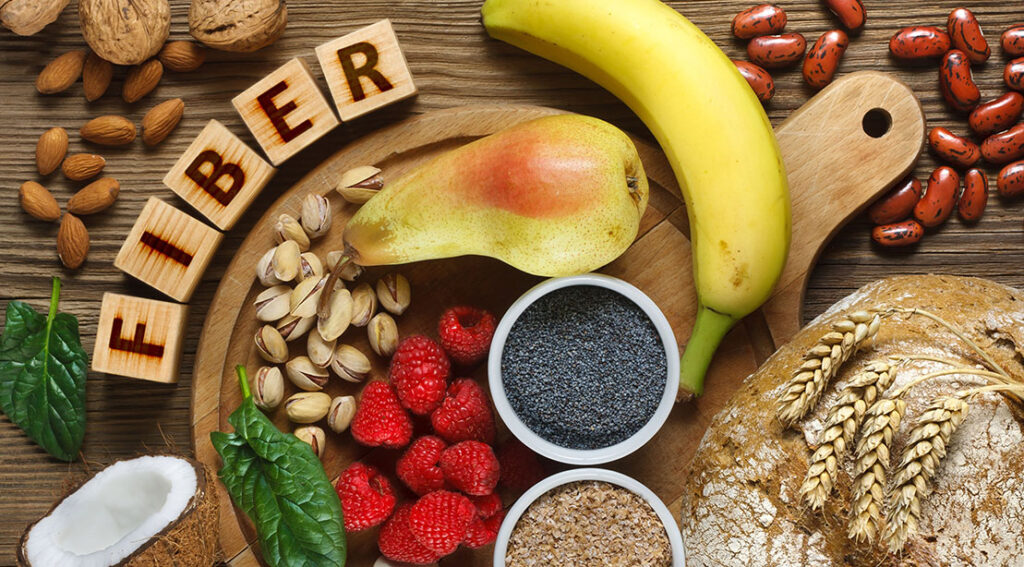Fiber is essential to the well being of human beings and but virtually all of us under-consume this key substance. One of many causes for this, explains a brand new examine, is that few of us perceive the significance of fiber within the first place, so the specialists wish to break it down.
At present, the predominant classification of fiber is “soluble” and “insoluble,” merely separating soluble meals like lentils, seeds, and fruits like apples from the insoluble meals akin to complete wheat, grains and a few greens.
What’s the Distinction Between Soluble and Insoluble Fiber?
Soluble fiber absorbs water and dissolves right into a gel, slowing digestion, whereas insoluble fiber is heavier and helps meals to move extra rapidly by means of the abdomen and intestines. The issue? These two classifications are too simplistic. For instance, fiber will also be divided into substances that simply ferment, and due to this fact scale back ldl cholesterol, however it will get sophisticated as a result of these fibers might be both soluble or insoluble. To that finish, a team at RMIT University in Australia have published a study that seeks to focus on the various advantages of fiber that transcend a easy two merchandise classification.
“Fairly like how totally different medicines goal totally different circumstances, so too do various kinds of fibers,” explained RMIT University food scientist Professor Raj Eri. “Our analysis helps to know which kind of fibers we must always eat to assist tackle sure illnesses.”
The New Approach of Classifying Fiber
The Australian specialists advise augmenting the present understanding of fiber by dividing it into 5 key options:
- Spine construction
- Water-holding capability
- Structural cost
- Fiber matrix
- Fermentation charge
“For instance, suppose you wish to promote colonic well being. In that case, you determine a fiber’s properties as outlined by the bottom-up method, which align together with your desired end result – on this case fermentation charge,” mentioned Christo Opperman, the examine’s lead creator. “Making use of this framework can guarantee customers, dieticians, clinicians and meals technologists that they’re receiving their desired well being impact, which beforehand was a imprecise guessing sport.”
Making fiber extra of a elementary a part of our food plan is crucial. “Within the international locations surveyed, together with Europe and the USA, each single inhabitants had a deficiency of fiber,” defined Professor Eri. “Contemplating fiber is without doubt one of the most vital vitamins, that is extraordinarily worrying.”
He’s proper. The really useful dietary fiber consumption for adults is 28-42 grams per day, however American’s solely common 12-14 grams, and Europeans fair little better with 18-21 grams per day. The accessibility of quick and processed meals is shifting us away from the pure complete meals which might be ample in fiber, and most of the people don’t even notice the commerce off between comfort and sustaining a nutritious diet.
“Our framework is a vital step in addressing this hole,” mentioned Eri, stating that well being and food plan firms would then be capable to tailor model messaging round particular well being advantages of fiber, reaching the patron in a extra focused manner. Work is now underway to know these classifications and the total vary of advantages higher, in order that they may also help bolster our data of this significant nutrient.
